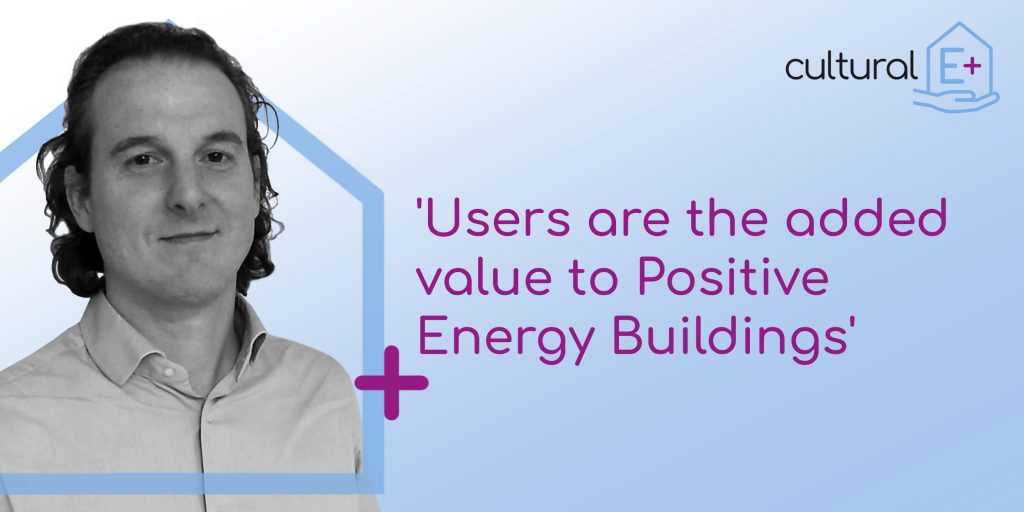Wilmer Pasut, Associate Professor at our project partner Ca’ Foscari University of Venice, was interviewed by the University’s official radio station.
Plus Energy Buildings (PEBs) are buildings capable to produce more energy than they consume in use, this is where the ‘plus’ in the name comes from. ‘In Cultural-E we focus on residential buildings, specifically on multi-family houses. It is a higher challenge since the surface of a multi-family house for solar panels installations is the same as for a single-family house. However, the energy consumed is much higher because the number of occupants increases to 4-5 families or more.’
‘The project highest ambition is the decarbonisation of the building stock.’ continues Pasut. ‘The team will try to improve the replicability of Plus Energy Buildings. The PEBs are not widespread nowadays, and the few existing examples are a sort of ‘lighthouse project’ : these buildings are unique results of a specific research, of one single experiment. Meaning there is no mass movement yet with an industrialised process behind. The replication of there few examples is currently very difficult in Europe.
‘A know-how is necessary to help the replicability of PEBs. This means designing buildings that are easily replicable, but not mass-produced. The Cultural-E PEBs will become the ‘lesson-learnt’ for future projects in different European areas, for different people.’
‘On the one hand we are focusing on the thermal comfort of the building occupants, on the other hand we are taking into account the way these occupants consume energy in their homes and how their cultural traditions affect the domestic environment. The technological solutions, developed at the later stage of the project, will satisfy the climate-related demands, as well as the cultural and social needs of the occupants.’ explains Pasut.
‘After a preliminary data collection, a toolkit with solutions and strategies will be developed, for instance on how to involve the user in the energy-saving process. The user is the added value to PEBs, or better to say the added technology factor. As technological part of the PEBs mechanism, the user will be asked to interact with the other components to achieve the proper functioning of the building, that means reaching the positive energy target. This is why the user has a key role to play in the building, and why the project approach is user-centred. The user and the building will provide benefits to each other, and to the surrounding territory.’
‘Yet, the most advanced technology might not be enough.’ remarks Pasut. ‘We as users can make common mistakes in terms of indoor quality, for instance by abusing the heating during winter or leaving the lights on when we are outside of the house. As users, we can correct these small bad habits together and raise awareness about energy consumption. As designers, we can conceive more understandable and accessible technologies to better meet the users’ expectations and cultural needs.’
You can find the original article here, or listen the full interview in Italian on the player below (starting from minute 7:40).


